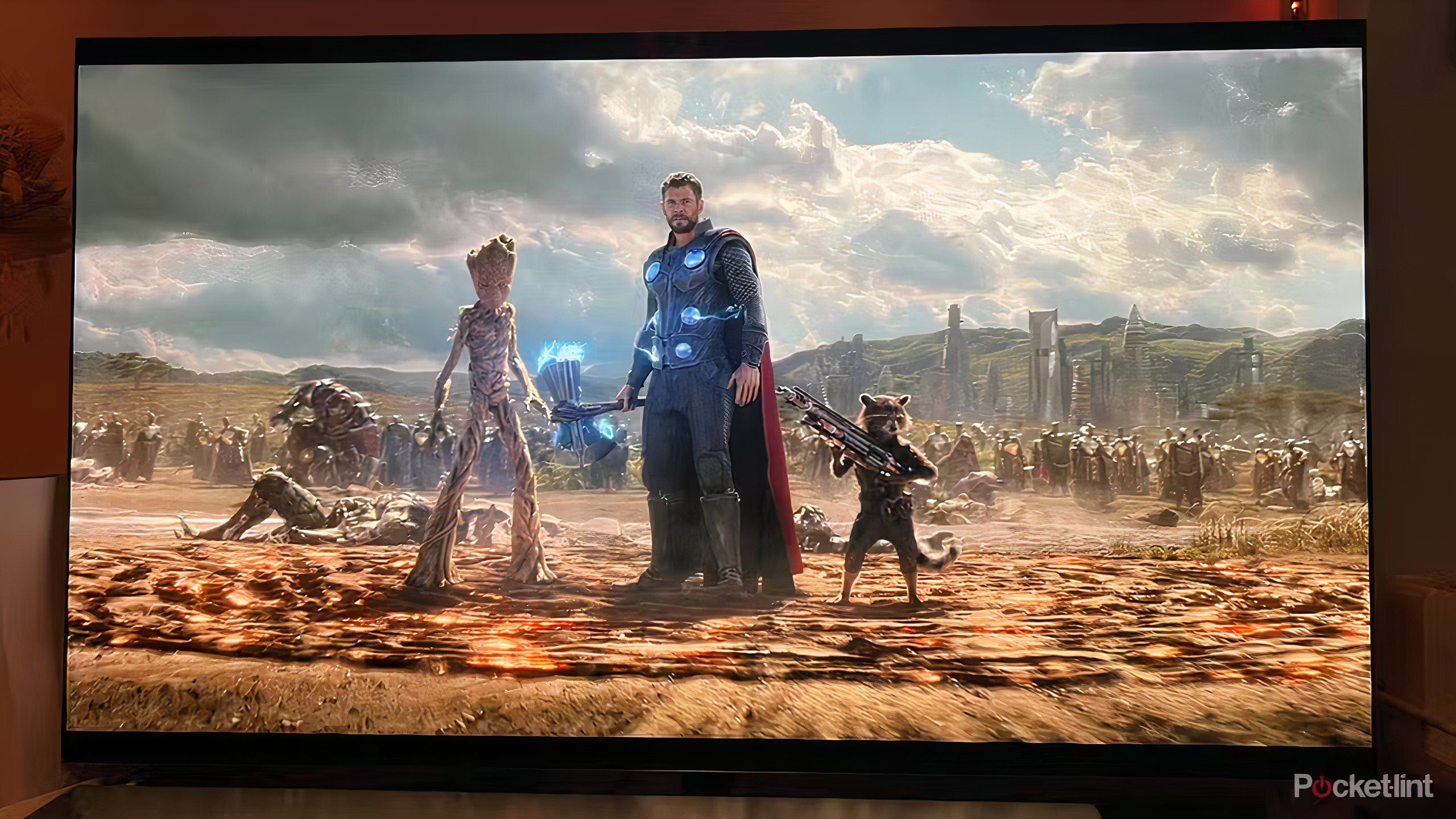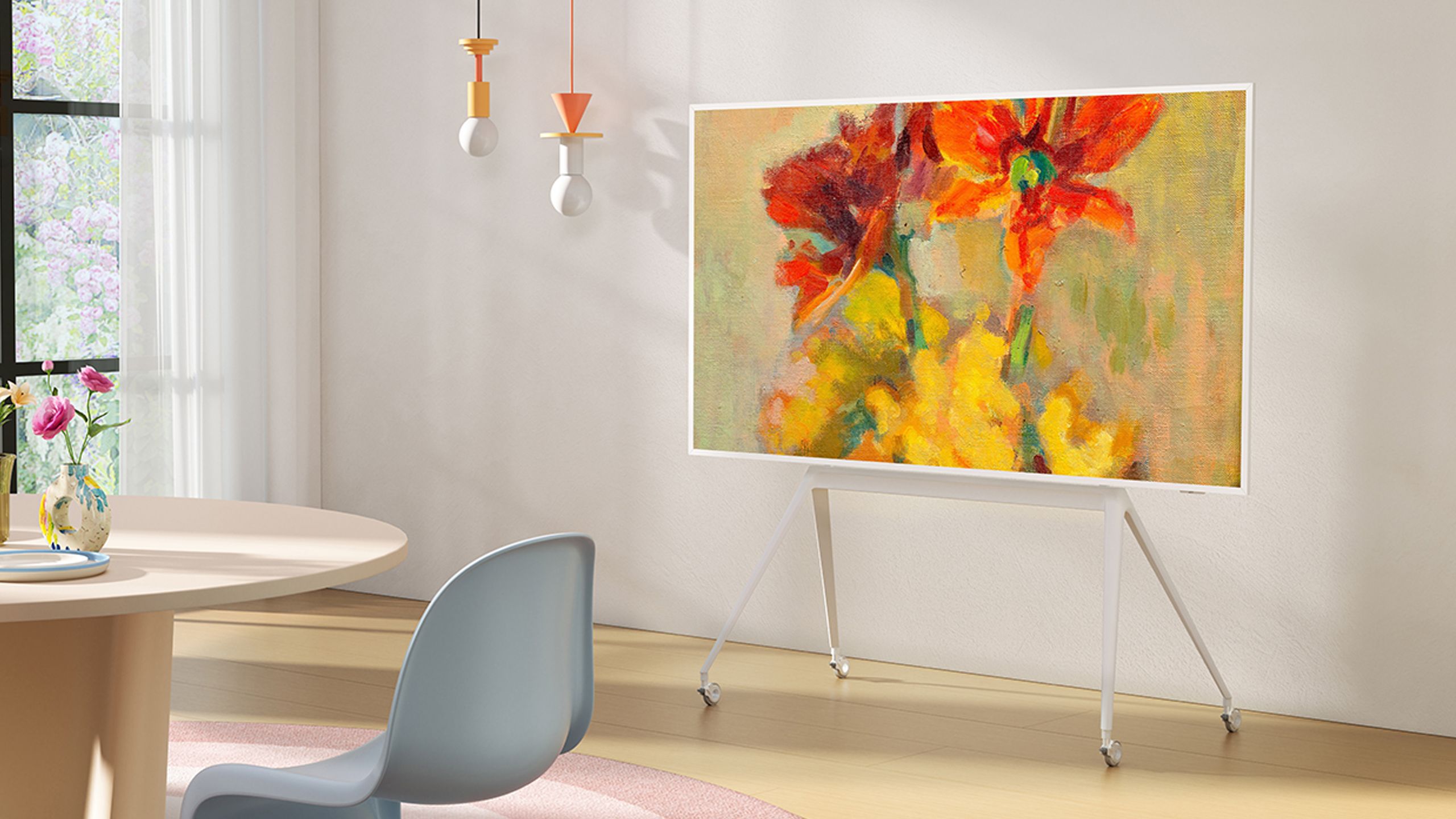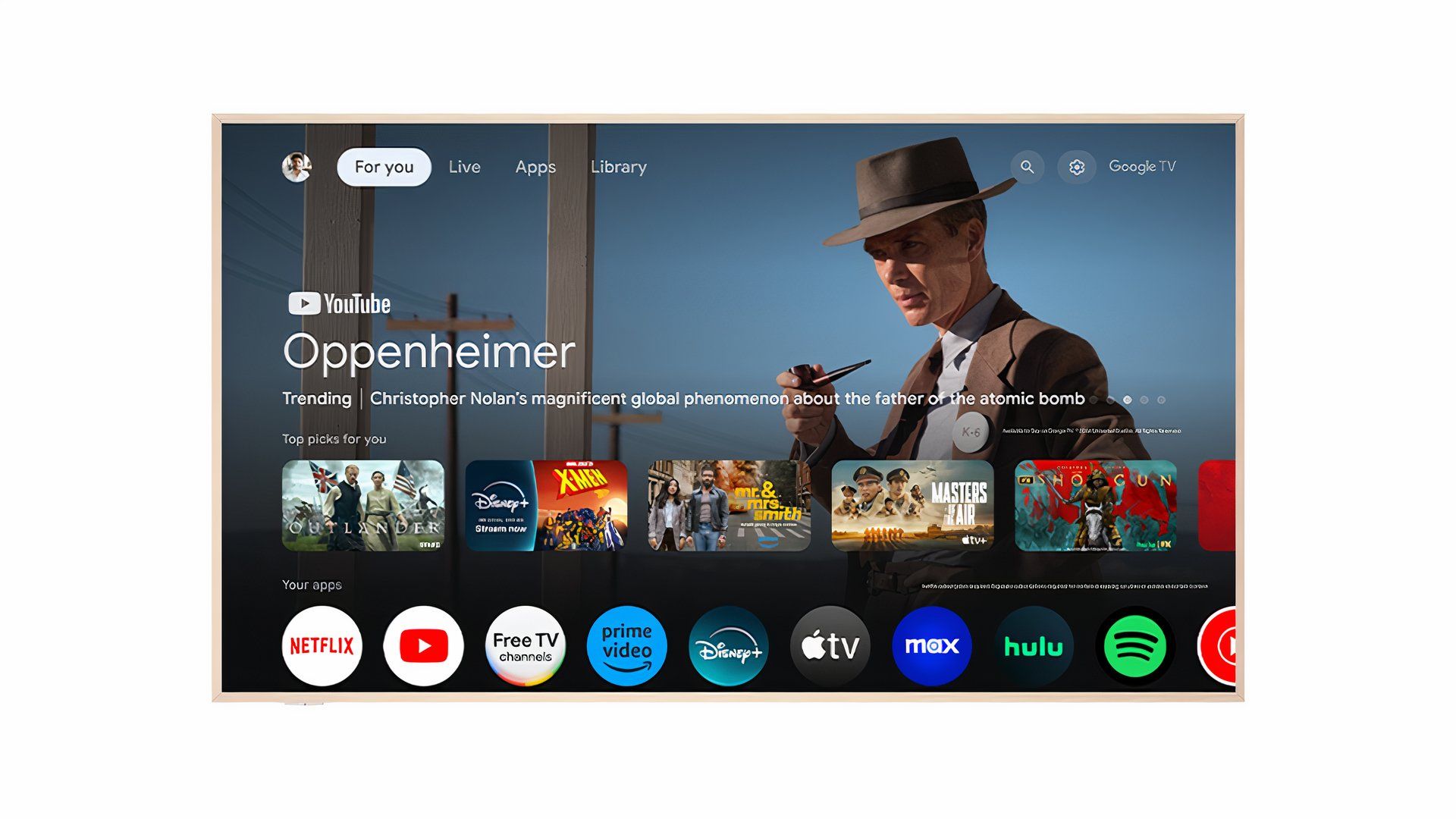Key Takeaways
- TCL is joining the TV-as-art trend with its NXTFrame lineup.
- Each model features a magnetic frame, flush design and matte display.
- Prices for the base model start at $1,500 for the 55-inch model.
TCL announced a new product line this week, NXTFrame, which is a response to the TV-as-wall-art trend that was first launched with the Samsung Frame. The base NXTFrame comes in 55-, 65-, 75-, and 85-inch sizes and features a magnetic wooden frame, a flush-mount design, and, best of all, a matte screen that creates the illusion of looking at a canvas. There are also multiple gallery options, including curated art, personal photos, and a feature called AI Art.

Related
Best Smart TV: Intuitive interface and great picture quality for streaming content
Enjoy movies and shows from your favorite streaming services on the best smart TVs from top brands like Samsung, LG, and Sony.
The TVs themselves are 4K QLED models with variable refresh rates up to 144Hz and support standards like Dolby Vision IQ, HDR10+, and AMD FreeSync Premium. They run on Google TV and range in price from $1,500 for the 55-inch model to $4,000 for the 85-inch. As of this week, most sizes are available in the US, but if you want the giant 85-inch TV, you’ll have to wait until September.
TCL also sells the NXTFrame Pro, with the only difference being the inclusion of a Bang & Olufsen 3.1.2 sound system with built-in soundbar and wireless subwoofer, which raises the entry price to $2,000 for the 55-inch model and $5,000 for the 85-inch ceiling. Add in a $700 floor stand, which lets you move the NXTFrame model around your living room, and it becomes even more expensive.
 A genre that revives television as a decorative item
A genre that revives television as a decorative item
The popularity of the Samsung Frame has led to other similar products appearing recently, including the Hisense CanvasTV and LG’s Posé and Easel models. Sony also offers additional frames for its Bravia TVs.
Of course, it was once common for TVs to blend into a room’s décor; before the 1990s, many TVs were built into huge wooden cabinets. The idea has seen a resurgence in recent years, pioneered not only by the Samsung Frame but also by “hidden” TVs like the LG Signature OLED R, which rolls up the display when not in use. Companies have also started to show off transparent TVs, though given the cost of the technology involved, they’re unlikely to be sold in large quantities anytime soon.


